
Erdal Team Backs Single Story Protection
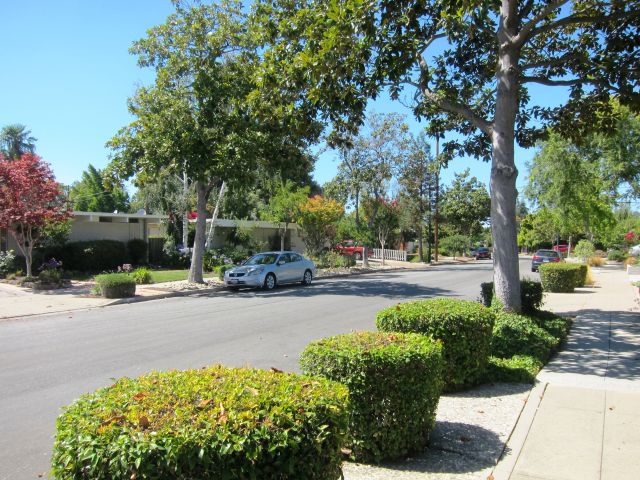 |
|
|
Real estate brokers are known often for their in-depth knowledge about homes and neighborhoods, for their adept social skills, and for ready smiles. But they are not too often known for taking public positions that could alienate potential clients.
Yet the Erdal Team, as they call themselves, has waded into one of the most controversial subjects roiling Eichler owners in Silicon Valley, and not just with their opinions but with cold cash.
In an October 21 blog post, the team, made up of Nil Erdal, Pelin Erdal, and Kevin Swartz and affiliated with the Sereno Group, supply ‘6 Reasons to Support Single-Story Overlays in Eichler Neighborhoods,’ the title of their post.
“The biggest reason that I see [single-story overlay protection] as a positive is, it protects peoples’ privacy,” Kevin Swartz says.
Besides noting such well-known reasons for banning second-story homes as loss of privacy as newcomers could peer into their neighbors’ backyards and bedrooms, the blog post goes a bit deeper.
They focus on the social meaning and value of Eichler neighborhoods as a whole.
“A strong sense of community was part of the original Eichler idea,” the blog states. “The home layouts were consciously composed to define a particular place, and this formal unity helped grow social bonds. However this concept of shared space extended out from just inside the home.
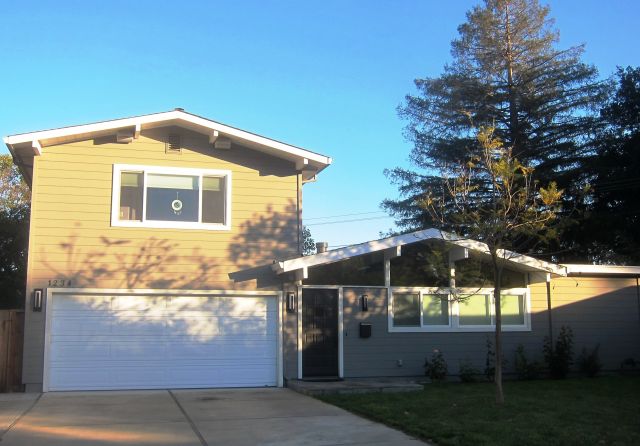 |
|
|
"Eichler further sparked interconnectedness by instituting joint ownership in the recreation center...forcing neighbors to interact with each other through leisure activities. His goal was to increase social capital amongst the neighbors in a way where trust was developed.
"Now think about how that social capital would start to diminish if there were a few dominant two-story homes towering over the rest. It would put certain people on a different playing field and create unwanted competition.”
The post, which was written by Pelin and Kevin, Kevin said in an interview, also argues that “there is ZERO evidence showing single-story overlays decrease home values” and “there’s little value potential to building two-story homes”
Another of their points is, “Eichler homeowners understand they have a cultural, communal responsibility,” and so, apparently, does the Erdal team.
“We believe so strongly in the cause,” they write, “that we’ve donated $1,000 in order to assist with the rezoning fee in the Fairwood Sunnyvale neighborhood.”
The issue has been a major one in Sunnyvale, where tracts have been threatened and at times victimized by two-story additions and large replacement homes.
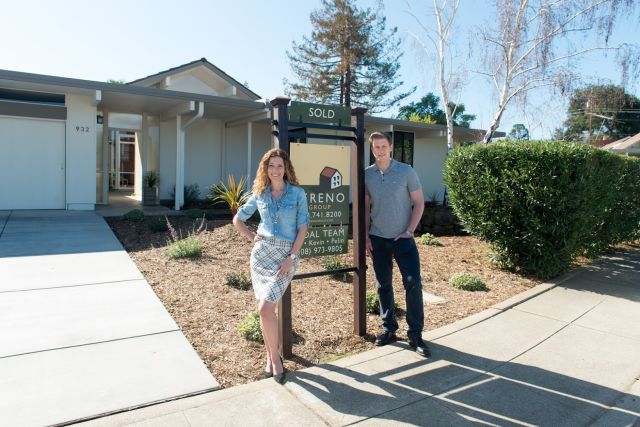 |
|
|
In late October, just a few days after the post appeared, the Sunnyvale City Council unanimously approved granting single-story overlay protection to two more mini-neighborhoods in town.
These made up a total of 65 homes, and include homes on such streets as Sesame Drive, Vanderbilt Drive, and Wingate Drive, West Remington Drive, Rockport Drive, Strawberry Court, and Tangerine Way.
Two earlier areas of Fairwood and Fairbrae had already won such protection.
Some neighbors have argued against the overlays, though the overlays have won wide approval from neighbors. Opponents point to the potential for lowered home values and the ability to control one’s own home.
In an interview, Swartz acknowledged that wading into the issue could provoke a backlash, and joked, “I haven’t gotten any hate mail yet.”
“With a lot of realtors, and a lot of people in general, there’s a consensus that any restrictions at all that you put on a property, you’re going to devalue it,” he says.
But in Sunnyvale, he says, Eichlers that have been topped with a second story suffer in the market, often selling for below offering price. He cites two that sold over the past year or two on Vanderbilt.
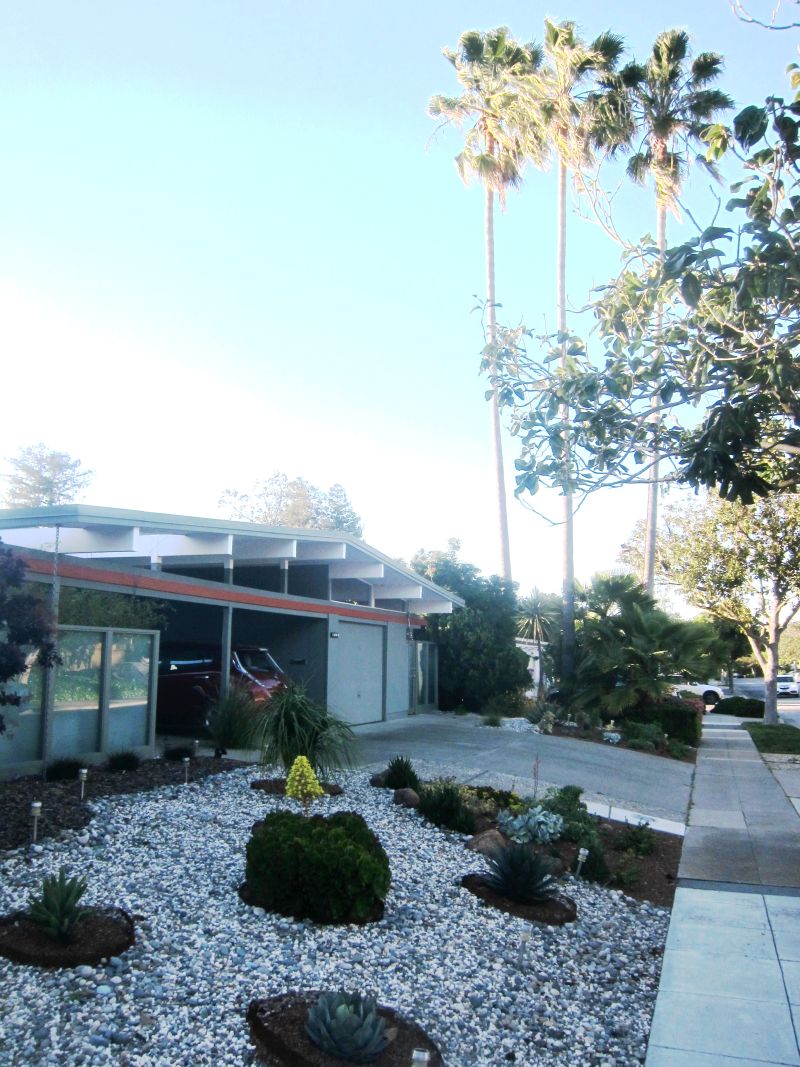 |
|
|
And, Swartz says, in Sunnyvale there are relatively few Eichlers [about a thousand], and plenty of devoted Eichler buyers. So when a nicely preserved or properly restored Eichler hits the market, there are dedicated buyers ready to pounce.
“The biggest profile we see among Eichler buyers, there are the ones who want only an Eichler. They’re the ones who pay the most. The other ones can go one way or the other. They don’t value them as highly.
It’s these “other ones,” Swartz says, that often buy Eichlers that have been poorly remodeled. But adding a second story doesn’t only decrease the value of the home itself – it hurts neighboring Eichlers, Swartz says.
“In a neighborhood where there have been poor aesthetic choices, the homes around them do get devalued. People who are buying an Eichler and are putting money into it want to know their neighbor is not going to make a poor choice and devalue it.”
“Eichlers that have been well maintained always sell for more. But even with a nice home, if it is next door to a home that has gotten a second story, or where there have been other poor choices, it will be devalued.”
He mentions having sold one nicely remodeled Eichler on a cul-de-sac where the other homes were poorly maintained. “Even though people loved the house, no one really wanted to live on that block.”
One reason the team decided to post their opinions on the overlay issue, Swartz says, is because they were getting so many questions on the subject.
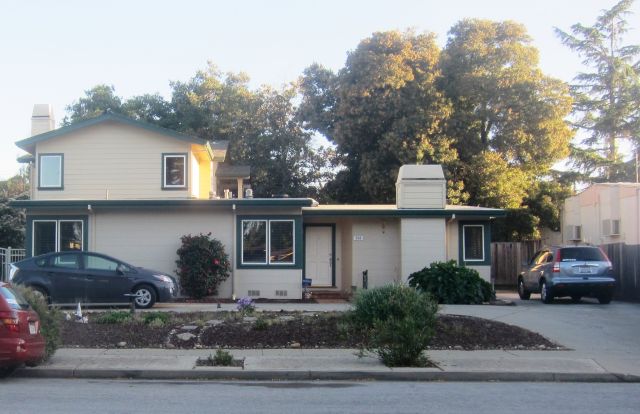 |
|
|
“I’ve had a lot of Eichler owners in Sunnyvale call, the leaders of these single-story overlay districts. They’ve called and asked me about the overlays, asked me to talk to their neighbors who are concerned about their homes devaluing.
“I talked to so many people I thought, let’s just do a blog post.”
“There is a caveat,” Swartz adds. “It’s not forever. Once the value [of homes] reaches a certain point in Sunnyvale where it would make sense to replace a small, three-bedroom Eichler with a much larger house, then [a single-story overlay] would affect the value.”
He compares Sunnyvale to Palo Alto, where home prices are so much higher, and where the threat to Eichlers is even greater than in Sunnyvale.
But the difference between the Eichler situation in the two towns is more than price. It’s also availability. Palo Alto has about three times as many Eichlers as Sunnyvale. “So they often sell to people who could care less if it’s Eichler or not,” he says.
In Sunnyvale, usually 20, maybe 30 Eichlers come up for sale every year, he says. “Eichler buyers go after the ones that are more original, because they don’t want to spend a lot of money changing them back.”
“So if you have only 20 sales a year, there’s going to be an Eichler-specific buyer for the majority of them.”
- ‹ previous
- 228 of 677
- next ›



